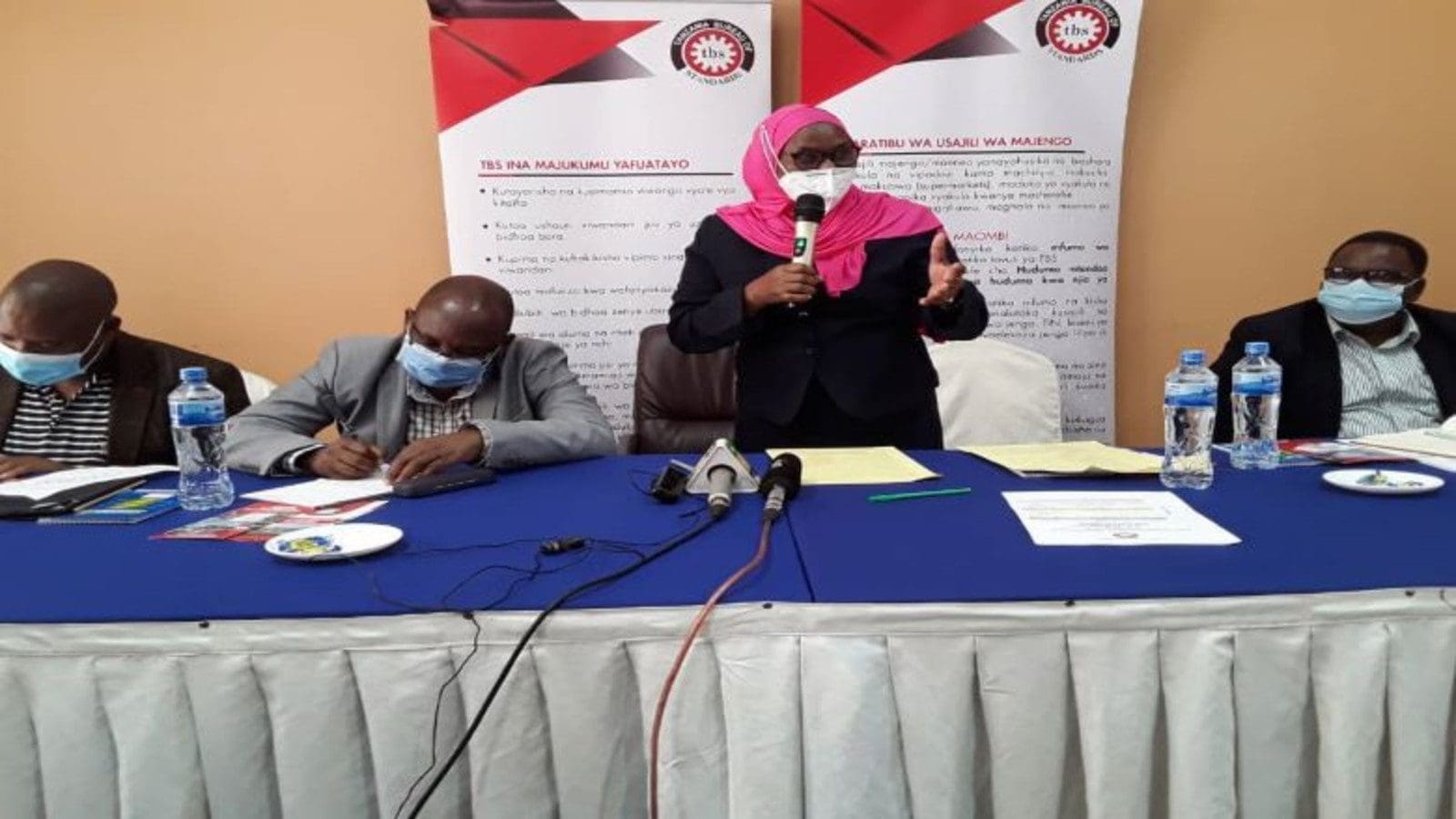U.S – To assist teachers and farm managers in reinforcing basic cleaning and sanitizing principles, the Washington State Department of Agriculture (WSDA), the University of Georgia, and New Mexico State University have created an online animation application with three learning modules.
Cleaning and sanitizing surfaces, such as tools and equipment, reduce cross-contamination and the possibility of spreading foodborne illnesses by minimizing potential contamination from harmful bacteria.
The tool focuses on how to pick a sanitizer and use test strips and titration kits to check its concentration.
Sanitizing is the process of decreasing the number of microorganisms to a safe level. The sanitization standard for contamination reduction of food contact surfaces is generally accepted as 99.999%.
Only sanitizers that have been tested and certified safe for food contact (food grade) should be used in food contact surfaces.
Approved sanitizers for use on food contact surfaces include products with hypochlorites, chlorine dioxide, iodophors, Peroxyacetic Acid (PAA) and Quaternary Ammonium (quats).
The tool also demonstrates how to carry out effective monitoring techniques, assess outcomes, and document findings.
Users must employ critical thinking and practical decision-making in the interactive modules.
Both English and Spanish versions of the material are offered, as reported by Food Safety News.
Financial support for this educational resource was provided by the WSDA Food Safety Program, the WSDA Regional Markets Program, and the Food and Drug Administration (FDA) of the U.S. Department of Health and Human Services (HHS).
WSDA is looking for feedback from anyone implementing or educating on produce safety practices, including farmers, packers and distributors, extension educators, government and non-profit employees, and any other agricultural professionals.
Produce Safety Rule
The Produce Safety Rule which went into effect on January 26, 2016, under the Food Safety Modernization Act (FSMA) calls for proper sanitization.
It establishes, for the first time, science-based minimum standards for the safe growing, harvesting, packing, and holding of fruits and vegetables grown for human consumption.
The rule establishes standards related to equipment, tools and buildings to prevent these sources, and inadequate sanitation, from contaminating produce.
This section of the rule covers, for example, greenhouses, germination chambers, and other such structures, as well as toilet and hand-washing facilities.
To prevent the contamination of covered produce, farms covered by the Act are required to inspect, maintain, clean, and – where needed – sterilize all food contact surfaces.
For all the latest food safety news from Africa and the World, subscribe to our NEWSLETTER, follow us on Twitter and LinkedIn, like us on Facebook and subscribe to our YouTube channel.








